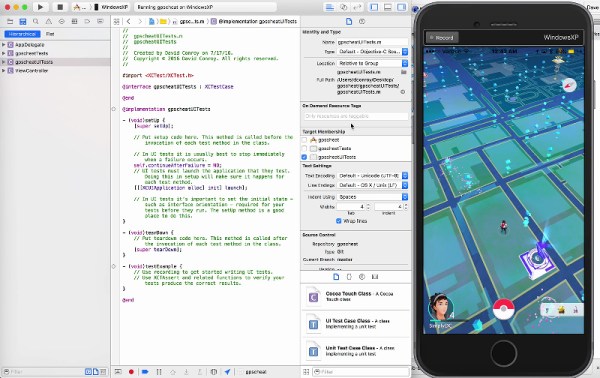DOOM always seems to spontaneously appear on any new device the day it’s released. From printers to industrial robots to pregnancy tests, it always makes its way on anything with an integrated circuit and a screen. But that’s not the only 90s video game with a cult following and and ability to run on hardware never intended for gaming. The early Quake games are still remarkably popular, and the second installment of this series was recently brought to the Apple Watch thanks to [ByteOverlord].
Building this classic for the Apple Watch requires using the original Quake files and some work with Xcode to get a package together that will run on the wrist-bound computer. There are a few other minimum system requirements to meet as well, but with all of that out of the way the latest release runs fairly well on this small watch. The controls have been significantly modified to use the Apple’s touch screen and digital crown instead of any peripherals, and as a result it’s not likely you’d win any matches if it was possible to cross-play with PC users with a setup like this, but it’s definitely playable although still missing a few features compared to the PC version.
This actually isn’t the first Quake game to be ported to the Apple Watch, either. The first version of Quake ran on this device thanks to [MyOwnClone]’s efforts a little over a year ago. It’s also not the first time we’ve seen Quake running on unusual Apple hardware, either. Take a look at this project which uses one of the early iPods to play this game, along with the scroll wheel for a one-of-a-kind controller.
Thanks to [Joni] for the tip!
















